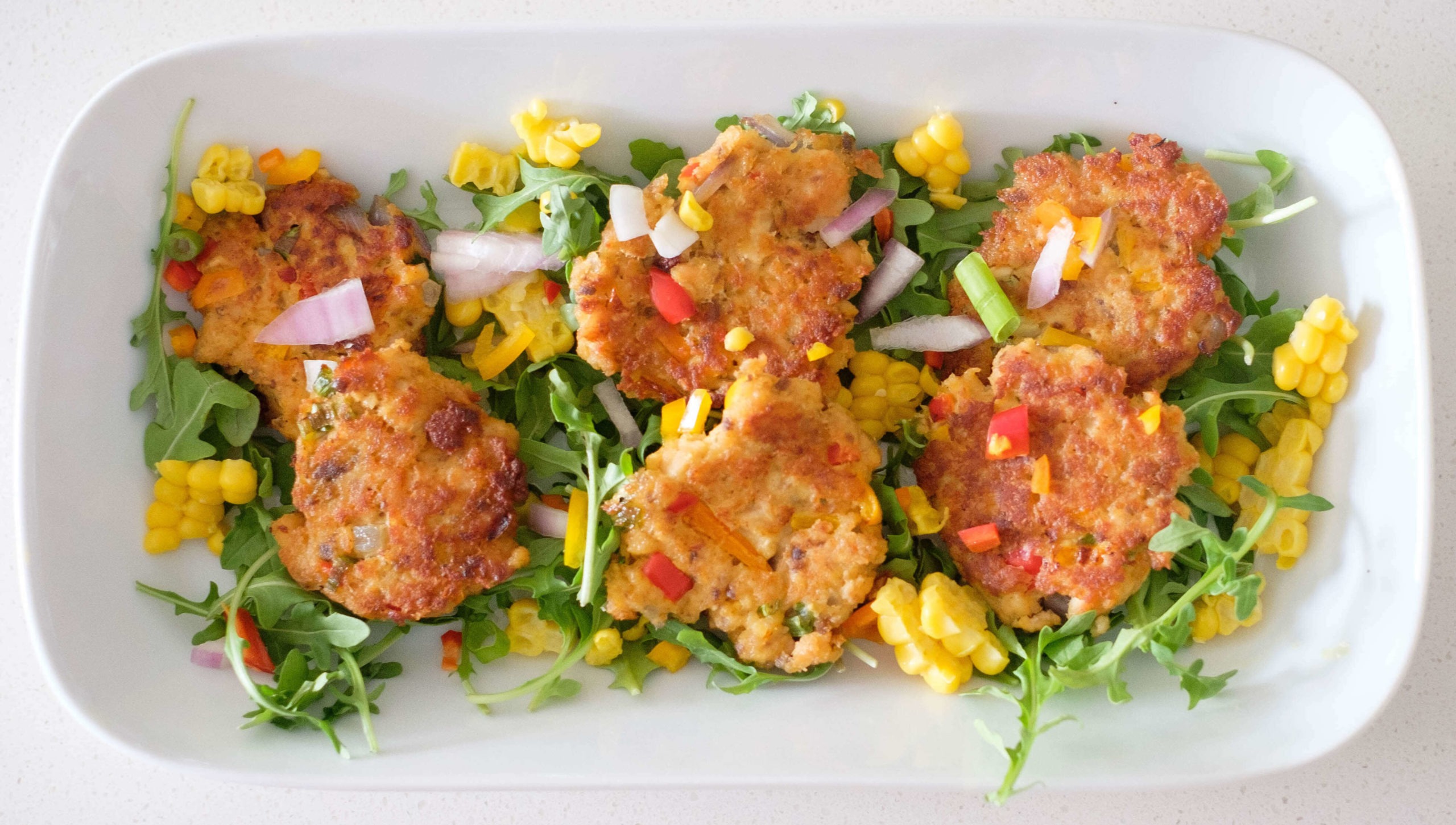
This crispy salmon cake recipe is a healthy meal prep protein option. Canned foods often get a bad rep, however canned salmon can be very nutrient-dense. One serving can provide up to 16 grams of protein, heart-healthy fats, and multiple micronutrients.
Ease of Making: Easy
Growing up we used a lot of canned tuna, so using canned salmon in this recipe is a great switch. Eating salmon has been linked to anti-inflammatory properties, brain, heart, and bone health and due to its high protein content helps you stay feeling full longer.
And yes, canned salmon can be higher in sodium, however, pairing them with fresh veggies such as this corn and arugula salad can lighten it up and make it part of a healthy balanced meal.
Arugula has a distinctive peppery taste unlike other salad greens adding another flavor component. Adding other sweeter tasting veggies such as corn and red bell peppers can complement the flavors. Arugula is actually part of the cruciferous family such as Brussel sprouts and broccoli and is known to have high cancer-fighting agents. This high fiber salad option is low in sugar, calories, carbohydrates, and fats and has vital nutrients that help support the immune system.
Meal Prep Tips for Pan-Fried Salmon Cakes recipe with Corn and Arugula Salad
One of my favorite things about cooking is the ability to be creative and take food and transform it by simply adding a few ingredients and changing the flavor profiles. Take this canned salmon, for example. Canned fish often has a really fishy profile, but making them into salmon cakes with other ingredients can definitely upgrade a simple can of salmon.
First, be sure to drain the can before placing the salmon into a mixing bowl. Then you’ll want to add your choice of veggies. I like to use bright colored veggies such as red bell peppers, red onions, and green onions.
Then, you will want to include some sort of binder such as breadcrumbs, mayonnaise, and dijon mustard to keep the patties packed together to keep it from crumbling when you pan fry them in the pan. Add your choice of seasonings and spices and mix it all together until it forms a paste-like texture.
You can use your hands to form the patties into balls and then flatten them in the pan, but a great tool to use is a small 2 oz ice cream scoop. I use this tool anytime I have to scoop and portion out for recipes. It saves time from having to roll it into a ball and it evenly portions out your serving sizes.
Place the portioned out balls into the hot pan and use your spatula to flatten them out into patties. Have a plate lined with a paper towel to help drain the excess oil. Afterward, serve this salmon cake recipe on top of fresh greens with other veggies such as sweet corn.
If you love this recipe, check out these other recipes we know you’ll love too:

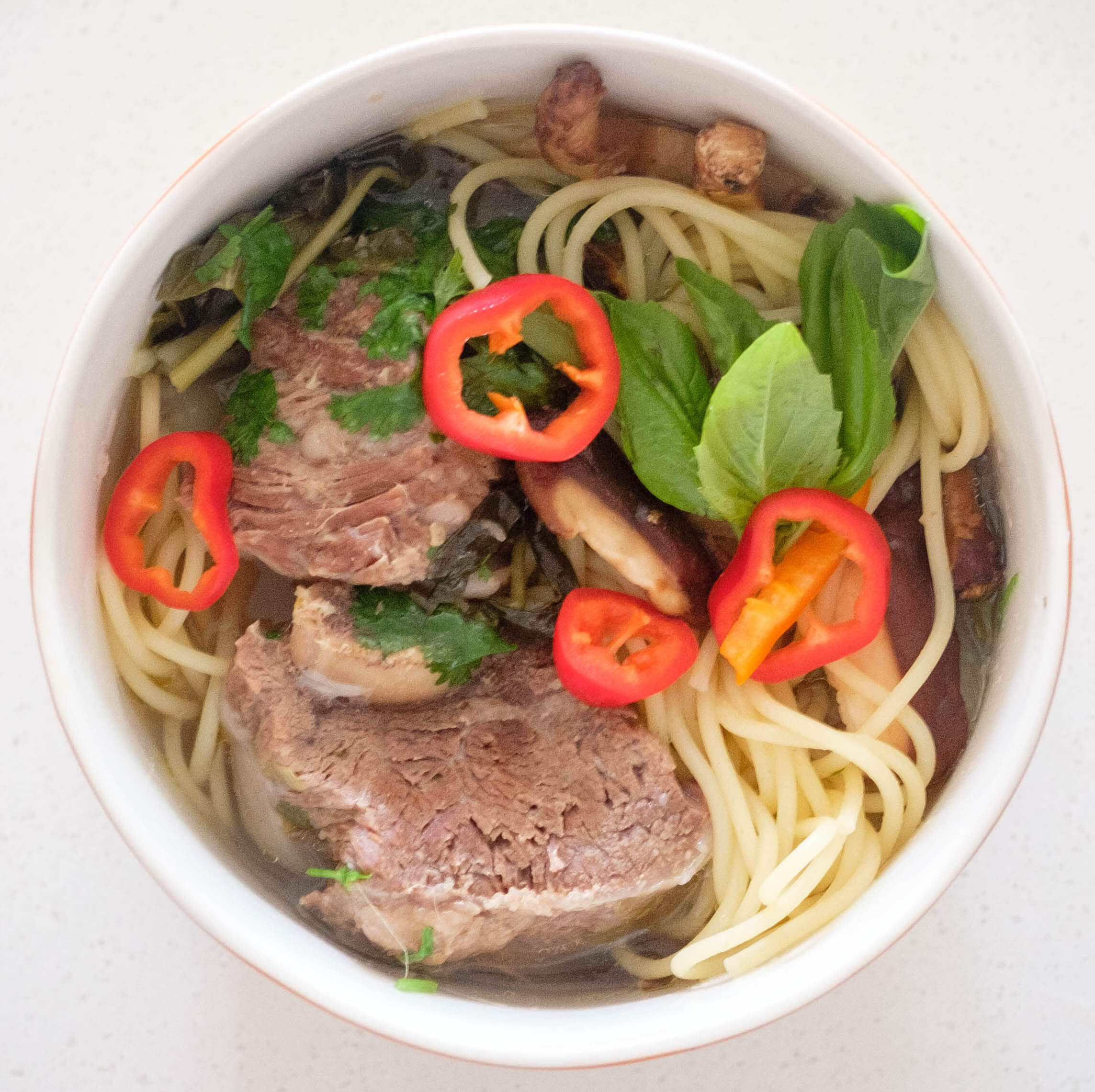
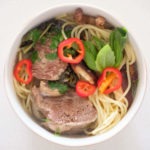
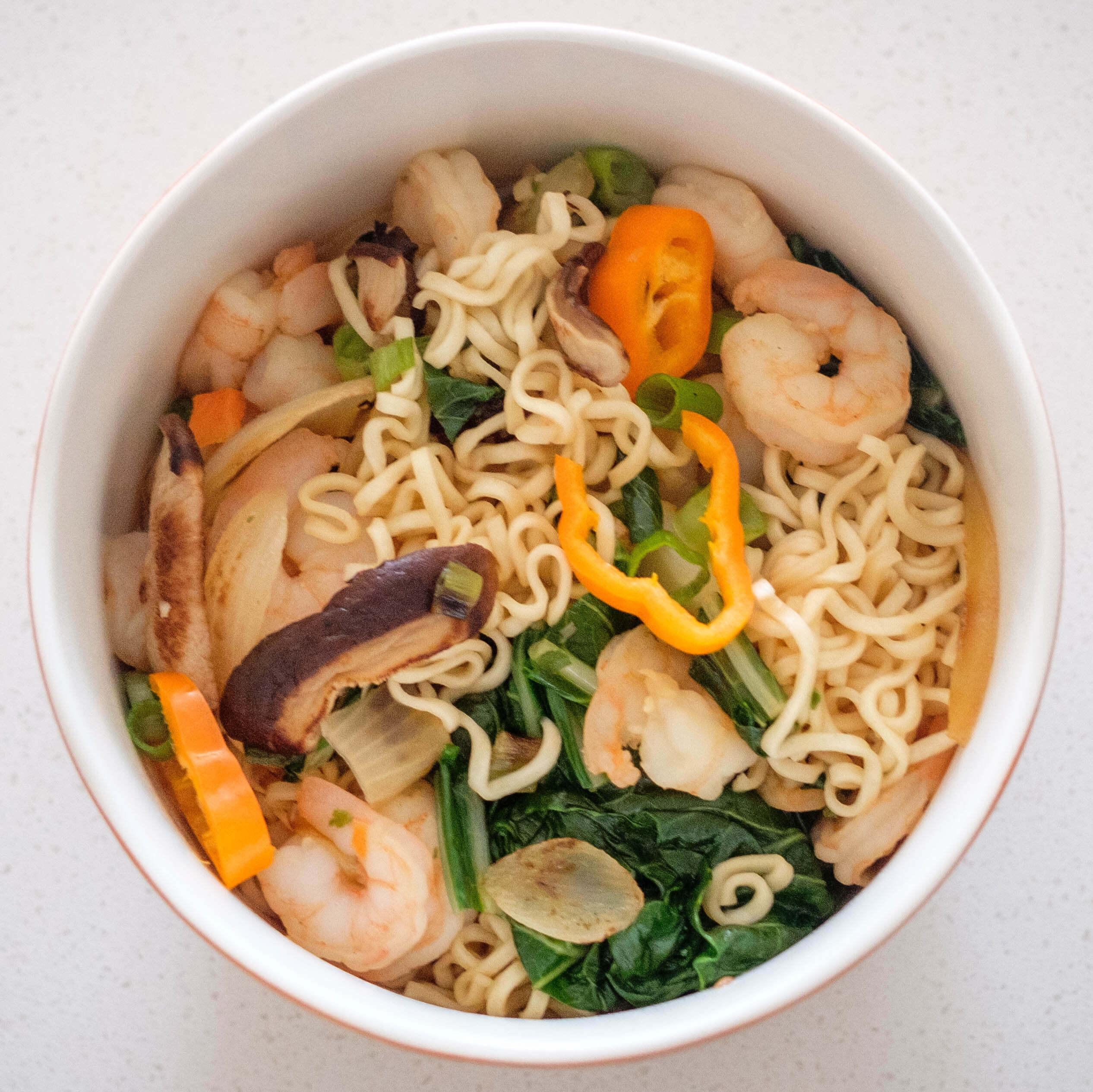
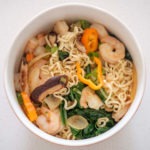
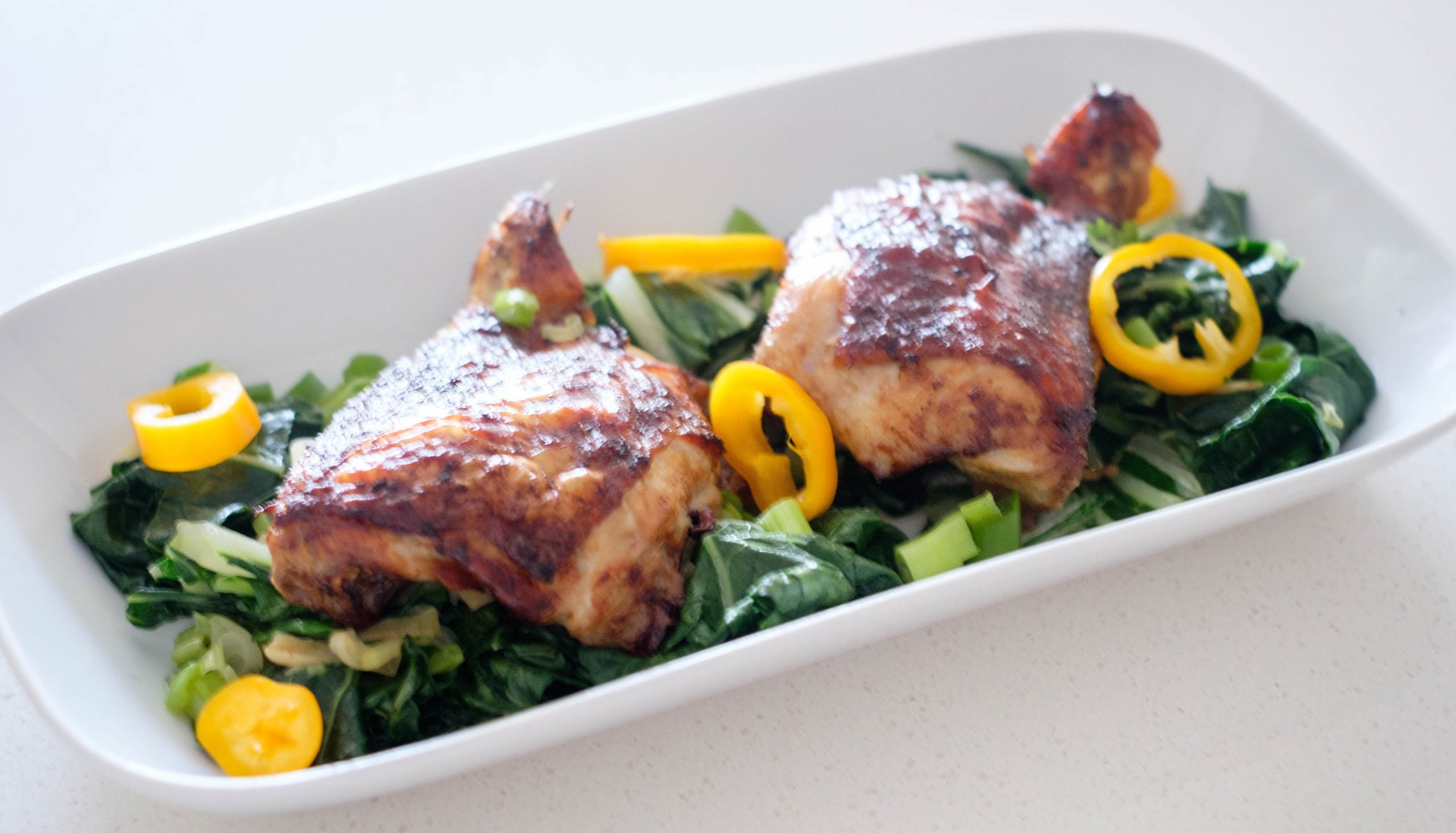


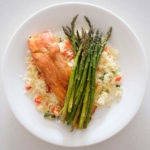
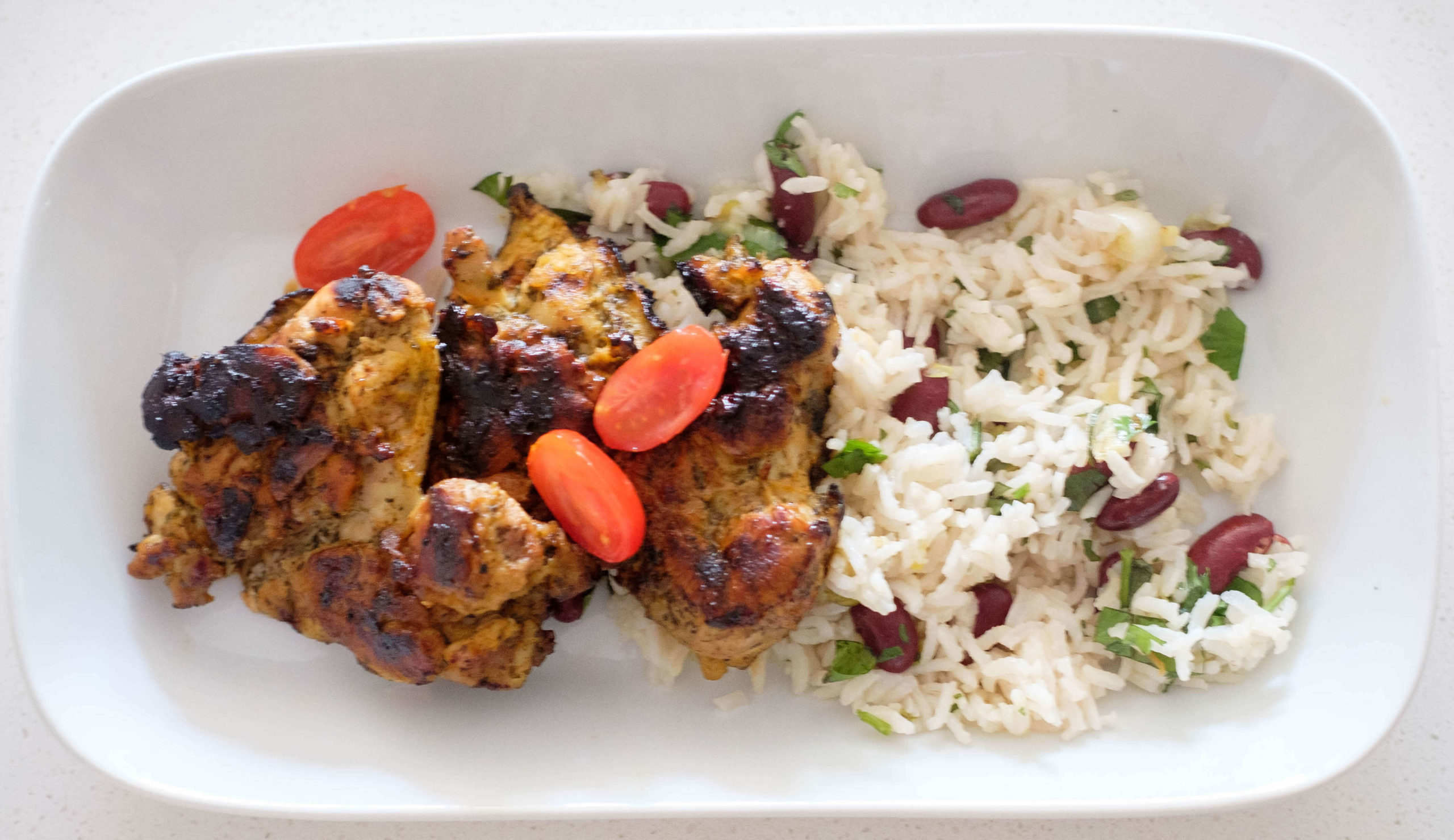

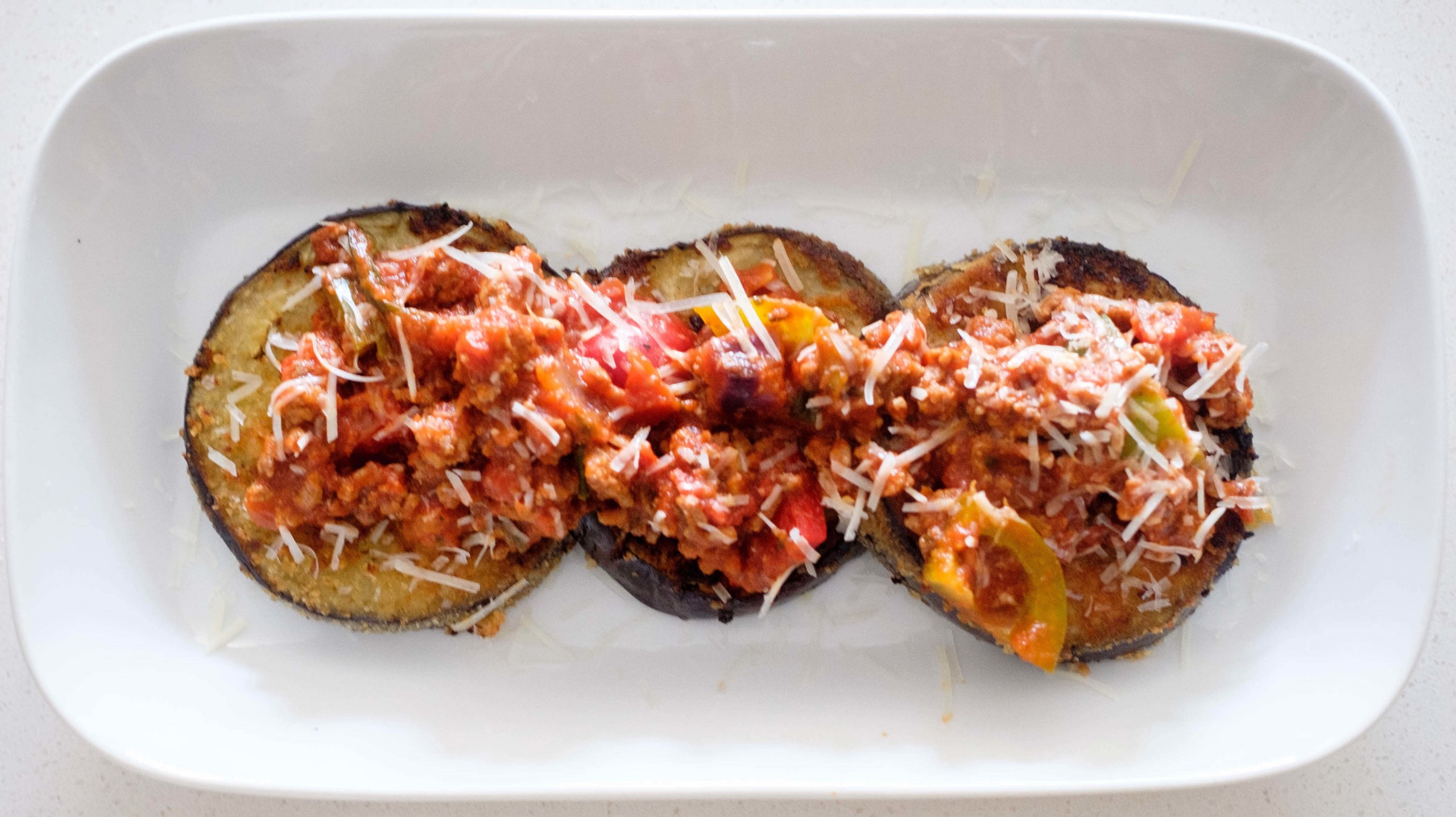
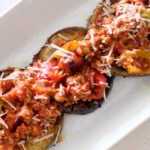
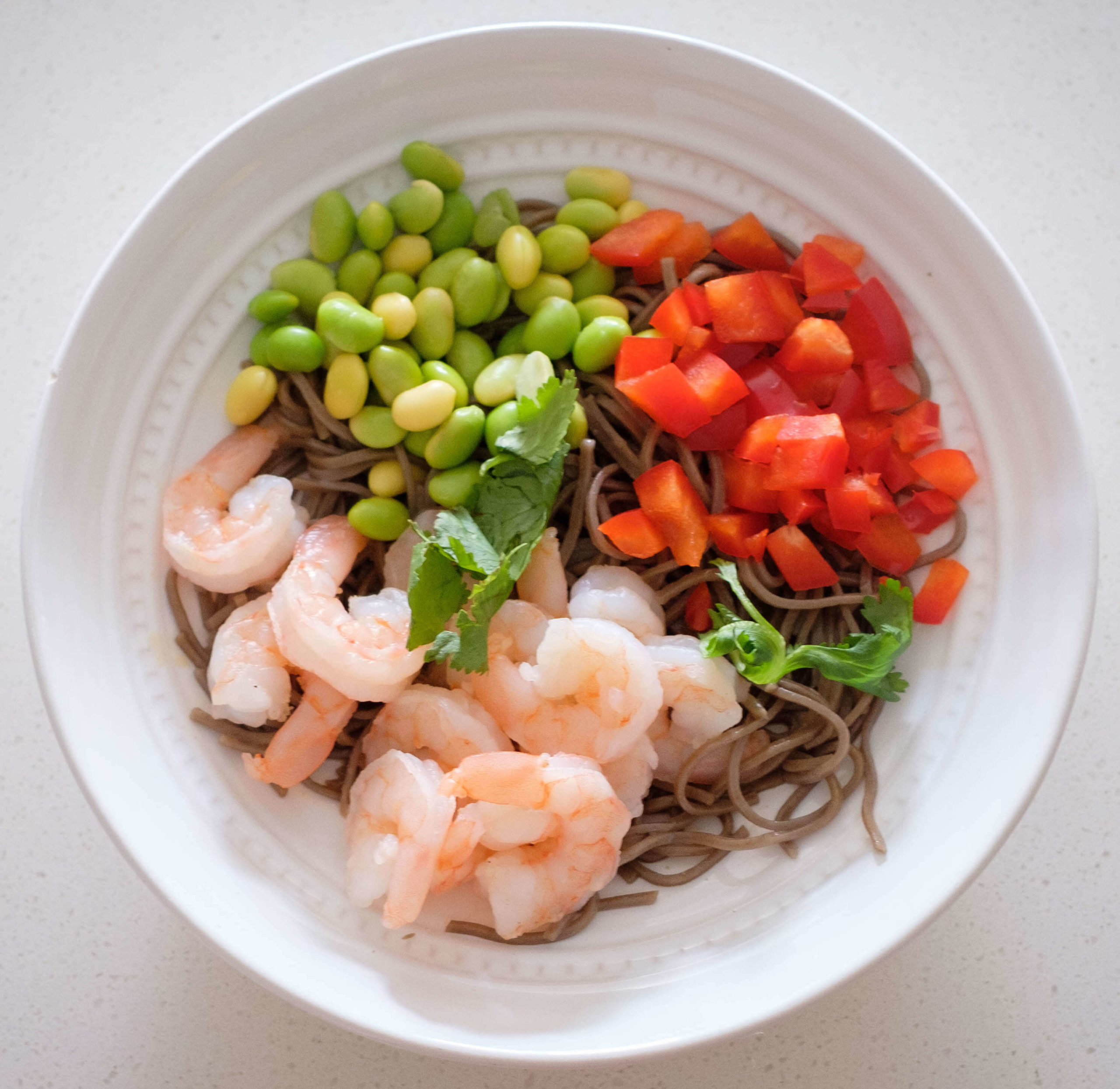
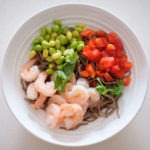

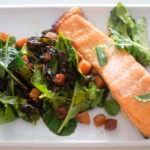
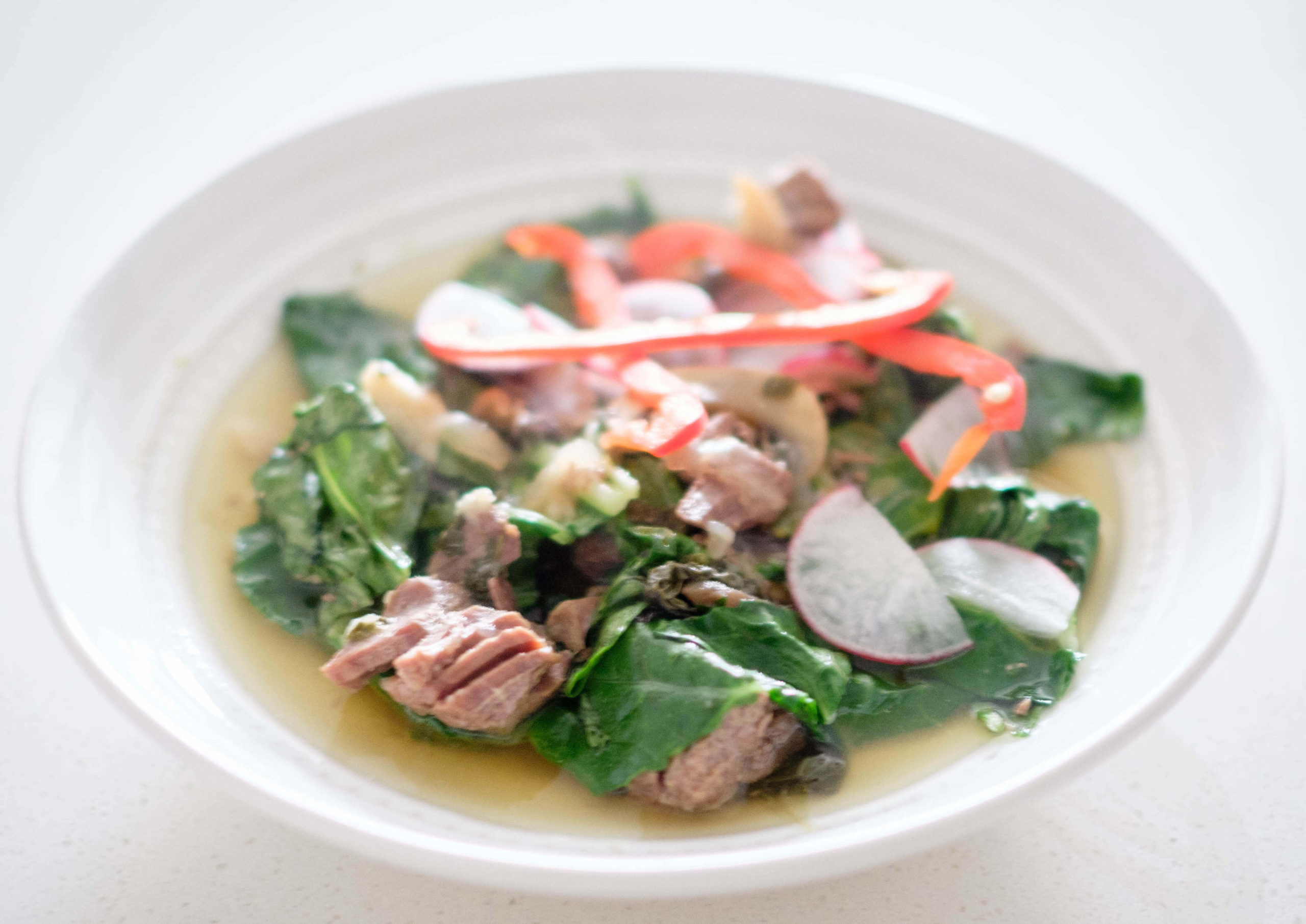
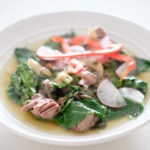
Salmon Cakes With Corn and Arugula Salad
Equipment
Ingredients
Instructions
Video